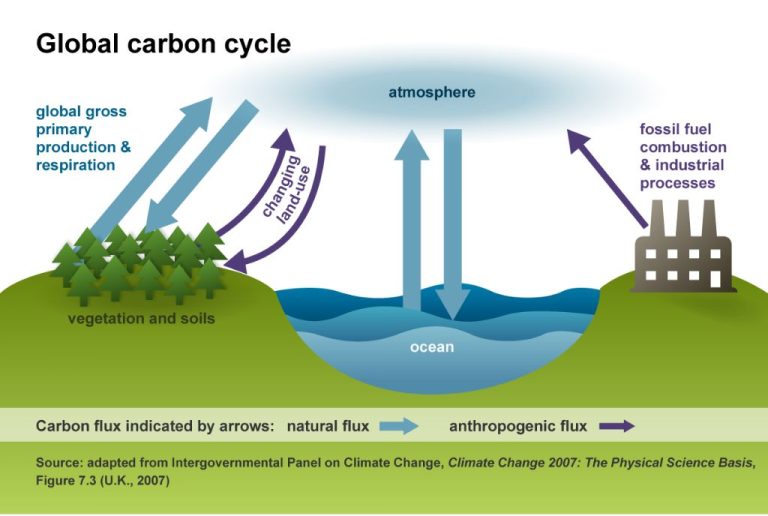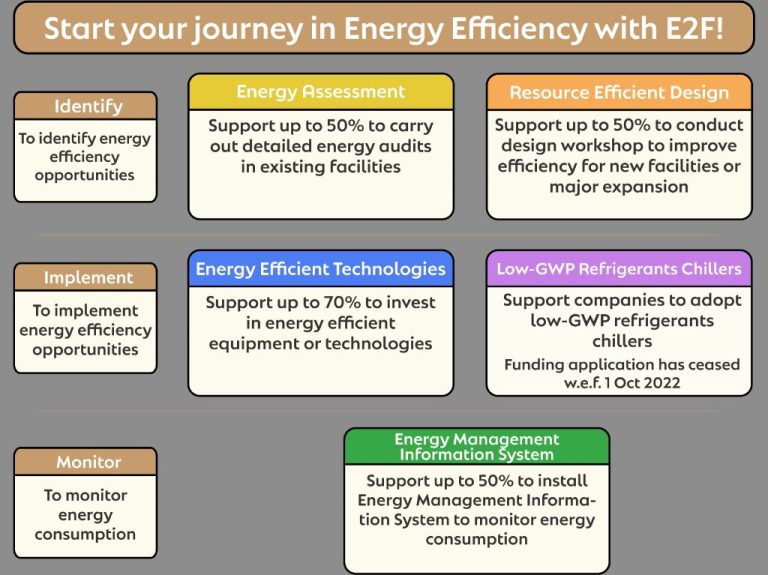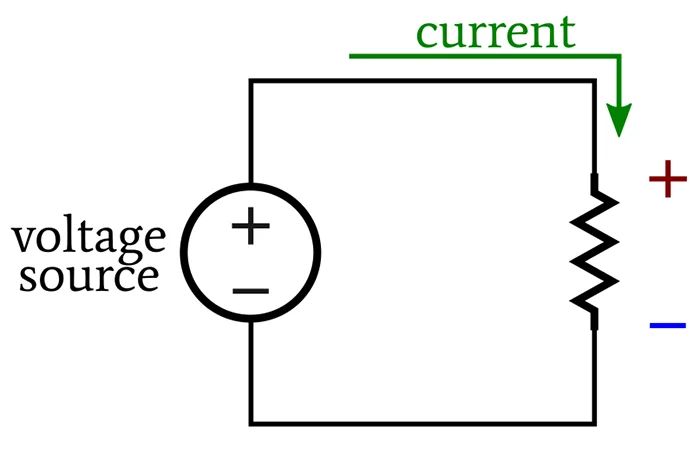What Is Work In Terms Of Watts?
In physics, work is defined as force applied over a distance. When a force causes an object to be displaced or move, work is done on the object. The amount of work performed is directly proportional to the magnitude of the force applied and the distance moved by the object. Work can also be described as the transfer of energy into or out of a system due to external forces acting on the system.
For work to be done on an object, there must be a force exerted on the object and the object must move some distance in the direction of the force. If either force or displacement is zero, no work is done. The units for measuring work are the joule (J) in the International System of Units (SI), and foot-pound (ft-lb) in imperial units. One joule is defined as the work done when a force of one newton moves an object one meter.
Work Formula
The formula for calculating work is:
Work = Force x Distance
Where:
- Work is measured in joules (J) in the SI system.
- Force is measured in newtons (N). It is the force applied on an object.
- Distance is measured in meters (m). It is the distance over which the force is applied.
So in simple terms, work is done when a force causes an object to move. The work done is directly proportional to the magnitude of the force applied and the distance moved by the object.
Units of Work
Work is measured in joules (J) in the SI system. One joule is equivalent to the amount of work done by applying a force of one newton over a distance of one meter. This can be expressed mathematically as:
1 joule = 1 newton x 1 meter
The joule is the standard unit for work and energy in the International System of Units (SI). It provides a consistent way to quantify the amount of force applied over a certain distance, which is the mechanical definition of work. The joule allows work completed using different forces and motions to be compared in common scientific terms.
Examples of Work
Here are some common examples of work:
Lifting an Object
When you lift an object, you are applying a force (your muscular force) over a distance (the height you lift it). The work done is equal to the force multiplied by the distance. For example, lifting a 10 kg weight from the floor up to shoulder height (about 1 meter) results in 9.8 N x 1 m = 9.8 J of work.
Pushing an Object
Pushing objects, like pushing a cart across the floor, also requires work. The force comes from your muscles pushing horizontally against the cart as you move it a certain distance. Again, multiplying the horizontal force by the distance results in the work done.
Electrical Work
In electrical systems, the voltage (electrical pressure) applied causes charges to flow and do work. For example, a lightbulb uses electrical work to produce light and heat. The voltage applied over a current results in the electrical power, which gets converted into the light and thermal energy.
Power and Work
Power is defined as the rate at which work is done or energy is transferred. It is calculated as work divided by time (P = W/t). Power is measured in watts (W), where 1 watt = 1 joule per second.
Power and work are directly related to each other. The greater the power, the faster work can be accomplished. Power describes how quickly or slowly work is performed, while work refers to the total amount accomplished. For example, two people can complete the same amount of work (say, lifting 10 boxes), but the person who does it faster exerts more power.
We can calculate power from work and time using the formula:
Power (Watts) = Work (Joules) / Time (seconds)
Some everyday examples that demonstrate power and work:
– A lightbulb uses 100 Watts of power, meaning it does 100 Joules of work per second. Over one hour, it would perform 360,000 Joules of work (100 W x 3600 seconds).
– A person exerts more power and performs work faster by running up a flight of stairs versus walking up them. The total work done against gravity is the same either way.
– A more powerful electric motor can lift the same weight (do the same work) much faster than a lower power motor, because power relates to the rate of doing work.
Converting Watts to Work
Converting between watts and joules is quite simple using the formulas for power and work. Recall that power (P) is equal to work (W) divided by time (t). So the units for power are joules/second or watts. We can use this relationship to convert between watts and joules.
To convert watts to joules, we simply multiply the number of watts by the amount of time in seconds:
Watts x Seconds = Joules
For example, if a 60W light bulb is left on for 30 minutes:
60 W x (30 x 60 s) = 108,000 J
So 60 watts for 30 minutes is 108,000 joules of work. We can also go the other way: if we know a device uses 50,000 joules of energy in 5 minutes, we can figure out its power rating in watts:
50,000 J / (5 x 60 s) = 166.7 Watts
Converting between watts and joules is useful for determining energy usage and costs of devices and appliances based on their power ratings. These straightforward calculations allow us to quantify work in consistent SI units.
Everyday Examples
We encounter measurements of work in watts frequently in everyday life. One common example is lightbulbs, which are rated based on the number of watts they consume. A 100-watt incandescent bulb requires 100 joules of work per second to operate at its full brightness. Newer LED lightbulbs advertise equivalencies to older bulbs’ wattages, so you’ll see “60W equivalent” on an energy efficient 9-watt LED bulb.
Home appliances and electronics also list their power consumption in watts on their specification sheets. A laptop might use around 60 watts, while a vacuum cleaner could use 1000-1500 watts. The higher the wattage rating, the more work per second the device requires to function.
Understanding how many watts an item consumes helps consumers make energy efficient choices. It also allows you to calculate the operating cost based on your electric utility’s rates.
Work and Energy
Work involves the transfer of energy between objects. When an object is moved by a force, work is done on the object. This transfers energy to the object in the form of kinetic energy, or energy of motion. The amount of work done is equal to the amount of energy transferred.
Energy can never be created or destroyed, only converted from one form to another. For example, when a ball is dropped, the potential energy is converted to kinetic energy as it falls. When it hits the ground, the kinetic energy is converted to heat, sound and deformation energy. The total amount of energy before and after is the same, but the energy has been converted between different forms.
In physics, work is directly related to energy. Doing work on an object transfers energy to that object. Work and energy are two sides of the same coin.
Efficiency
Efficiency measures how much useful output you get from a system versus how much energy is put into the system. It is often expressed as a percentage or ratio.
Efficiency affects the amount of work a system can perform. The more efficient a system, the more net work it can produce from the same energy input. For example, an inefficient machine may convert only 20% of input energy into useful work, while an efficient one converts 80%.
There are two main ways to increase efficiency:
- Reduce wasted effort, heat loss, friction, etc. These are energy inputs that don’t contribute to the useful work output.
- Get more or better quality output for the same input. For example, investing in a high-performance electric motor can produce more mechanical work from the same electrical input.
Improving efficiency allows more work to be done for the same effort. It’s an important consideration in engineering, manufacturing, transportation and many other fields. More efficient systems require less input energy and resources to accomplish the same tasks.
Conclusion
In summary, we’ve covered some key points about work in terms of watts:
Work is defined as force applied over a distance. The units of work are joules (J) in the metric system and foot-pounds (ft-lb) in the imperial system.
Power is defined as work done per unit time and measured in watts (W). One watt is equal to one joule per second.
We looked at examples of calculating work in watts for everyday activities like climbing stairs, lifting weights, and household appliances.
There is a direct relationship between work and energy. The more work done, the more energy expended. Efficiency is maximizing work output for a given energy input.
Understanding work in terms of watts helps quantify physical effort and energy usage. It provides a valuable perspective on how we expend energy in our daily lives.






